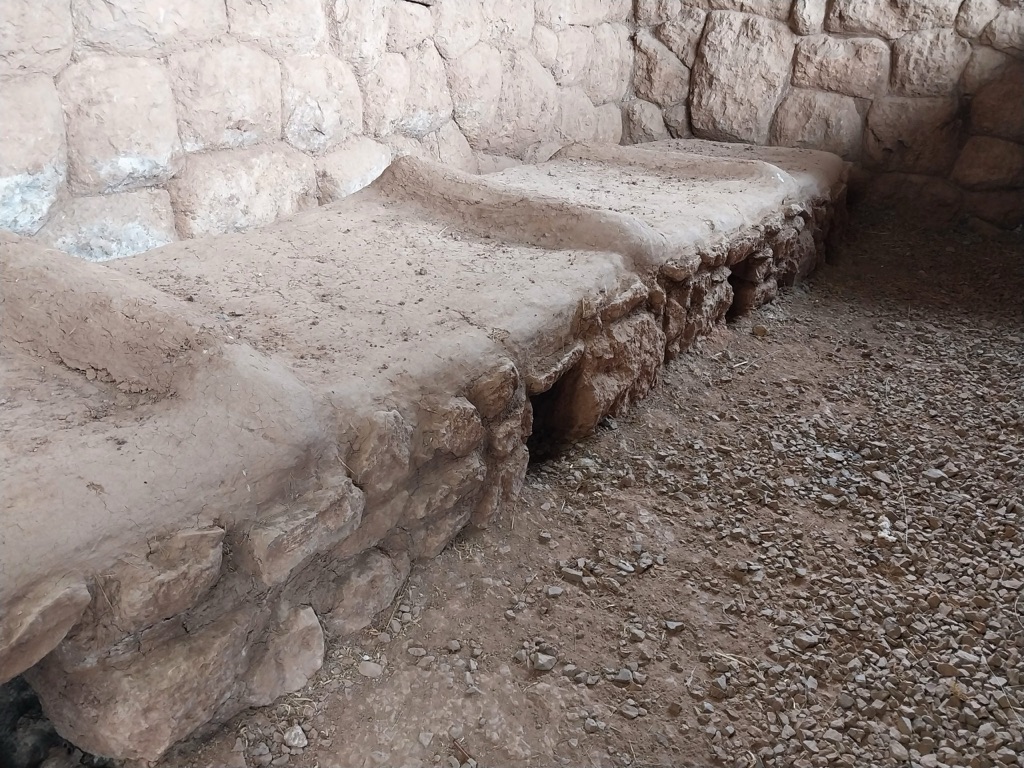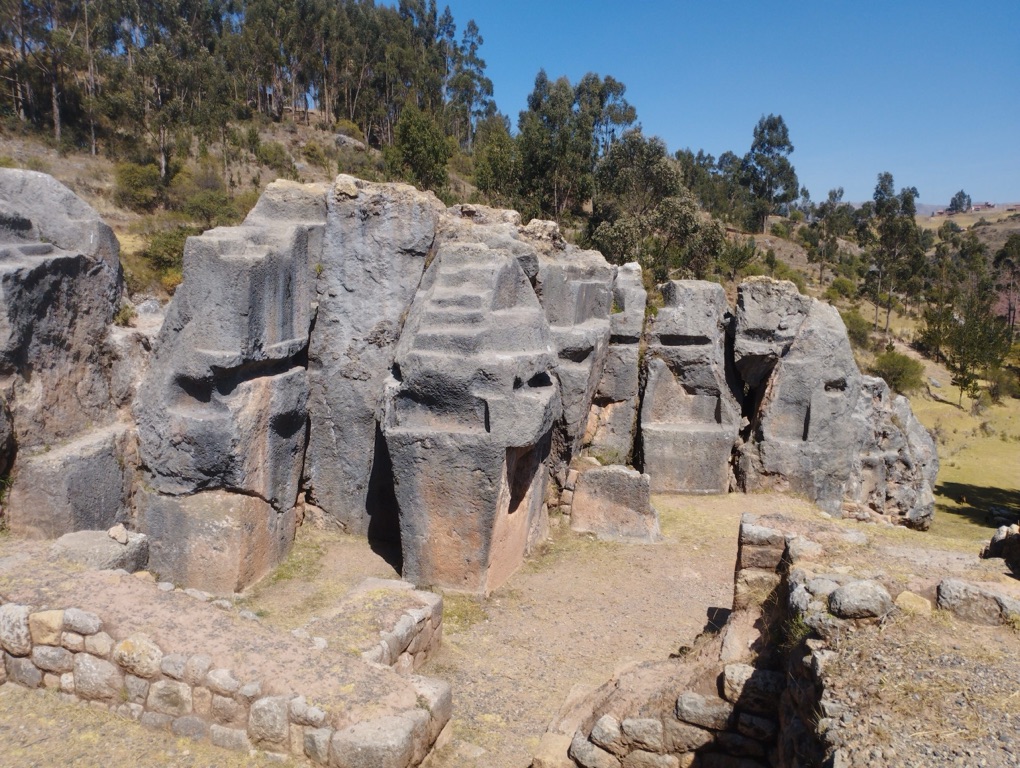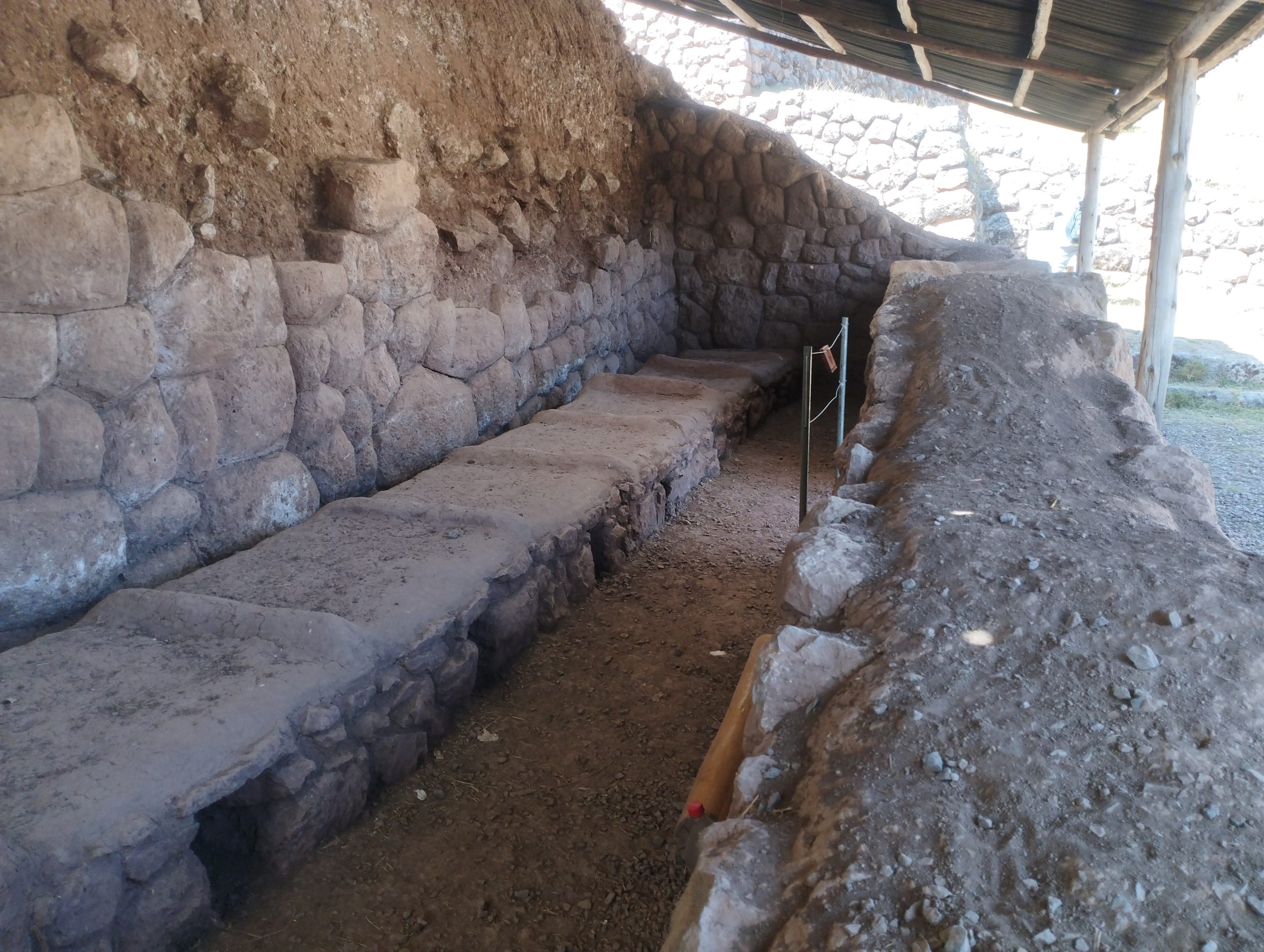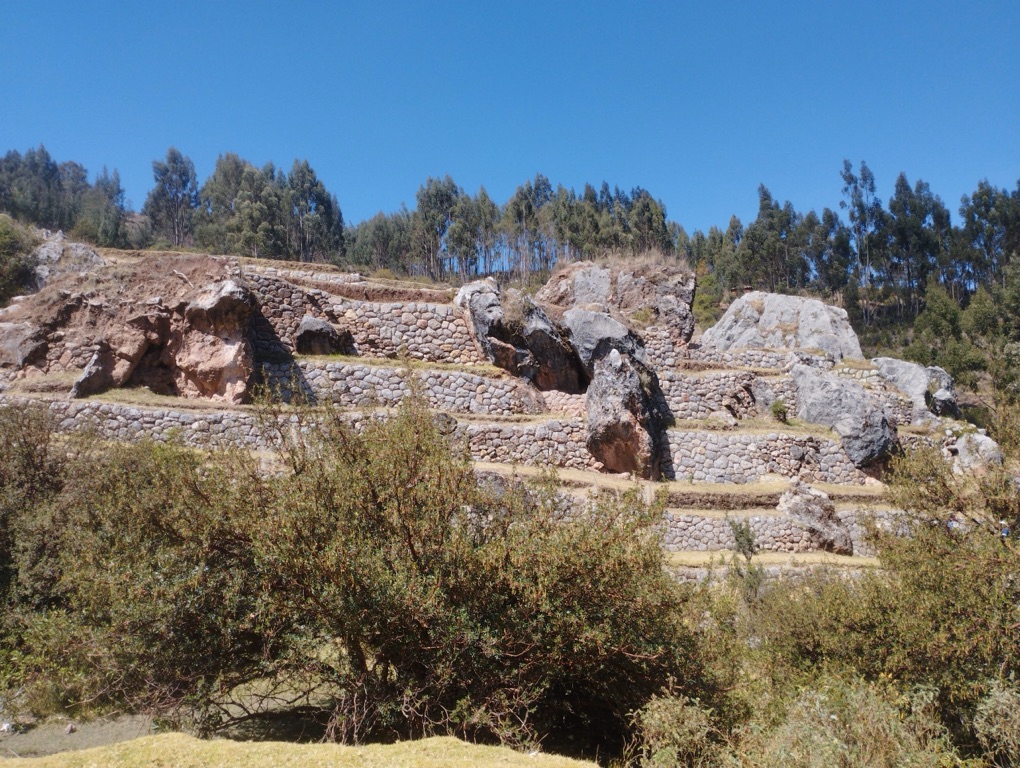Inkilltambo: A Testament to Inca Heritage
The Inkilltambo archaeological site, also known as the Inca “prison” is a significant archaeological site located within the micro-basin of Cachimayo. Encompassed by the Sacsayhuamán Archaeological Park, Inkilltambo is characterized by a series of structures surrounding a main huaca (sacred site) and several secondary huacas situated in the middle section of this monument.
Get your dose of History via Email

The ceremonial huaca is built upon a massive rock adorned with numerous carvings and large urns. It is complemented by a collection of rectangular enclosures, terraces, and pre-Hispanic channels. According to colonial-era chroniclers such as Santacruz Pachakuti and Bernabé Cobo, the construction of Inkilltambo began during the reign of Inca Huiracocha, with dwellings established near the central huaca. Subsequently, Inca Pachacútec restructured the original designs of the enclosures to reinforce religious ideology and to ensure administration by his royal panaca (lineage).

Inkilltambo is a sacred site, as evidenced by the main huaca and the surrounding architectural infrastructure. The site’s name, which translates to “prison” in some contexts, has been confirmed through archaeological research to be purely Inca in origin, dating back to the 17th century. The central part of Inkilltambo features a large limestone rock with numerous impressive carvings of various shapes and sizes. A significant niche in the middle, measuring 1.70 meters in height, likely served to house the mummy of an Inca ruler. Adjacent to this is a passageway carved into the rock, leading to an internal chamber with two large niches on either side, meticulously carved and over a meter in height and depth.
This exquisite ceremonial huaca, along with the stone constructions such as terraces, enclosures, and others, bestows immense cultural and symbolic value upon Inkilltambo. The site represents a significant historical legacy, inviting visitors to immerse themselves in the strength, energy, and history of the Andean people.

Restoration
Following years of obscurity and resilience against the passage of time, Inkilltambo underwent a comprehensive restoration and valorization process led by the Decentralized Directorate of Culture of Cusco. A team of qualified professionals and researchers succeeded in recovering this pre-Hispanic monument. .
The public investment project, executed with a budget of 4,683,000.58 soles, encompassed five components: restoration of stone structures, archaeological research, signage, recovery of the cultural landscape, and community engagement through workshops and guided tours. The project achieved a 97% completion rate with the allocated budget.

The restoration of Inkilltambo not only highlights the architectural and cultural achievements of the Inca civilization but also underscores the importance of preserving and valorizing our heritage for future generations. The Decentralized Directorate of Culture of Cusco, in collaboration with local authorities and the community, has demonstrated a commitment to protecting and promoting this invaluable patrimony, ensuring that Inkilltambo continues to be a source of knowledge, pride, and inspiration.
Sources:
https://www.culturacusco.gob.pe/a-f-de-parque-arqueologico-de-saqsayhuaman/
https://www.youtube.com/watch?v=0z9nsqm9Ano

